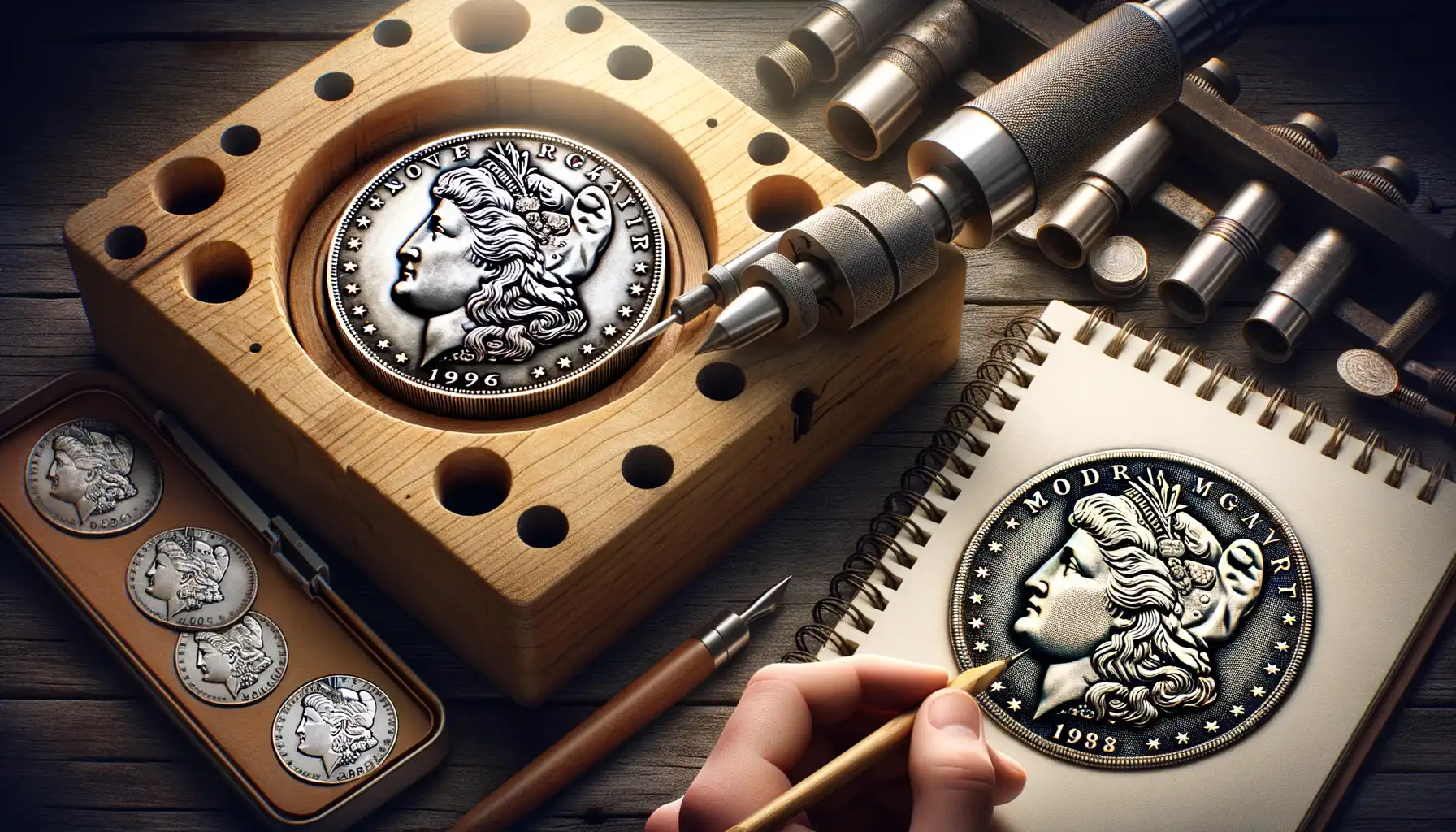Introduction to Rare Error Coins
Unveiling the Unexpected: What Are Rare Error Coins?
Imagine holding history in your hands—quite literally. But not just any piece of history—a coin that defied the odds, skipped perfection, and emerged with quirks that make it one-of-a-kind. That, my friend, is the magical world of rare error coins. These aren’t your typical pocket change; they are treasures born from mistakes.
What makes them so captivating? Picture a coin with two dates stamped on it, like it’s been caught in a time warp. Or imagine one with its design off-center, as if the mint worker was having an off day. These “oops” moments at the minting presses don’t go unnoticed by collectors—they create a buzz that’s hard to resist.
Some of the most fascinating error types include:
- Double dies: Where portions of the design appear doubled, like a coin trying to clone itself.
- Off-center strikes: Coins that look hilariously lopsided from being improperly aligned during minting.
- Mule coins: A bizarre combination of mismatched designs struck together, making collectors’ jaws drop.
Each error coin carries a story—a quirky little accident frozen in metal. For enthusiasts, they’re irresistible puzzles, offering a glimpse into the messy, often imperfect birth of currency. So, are you ready to dive into this extraordinary world?
Understanding What Makes an Error Coin Valuable
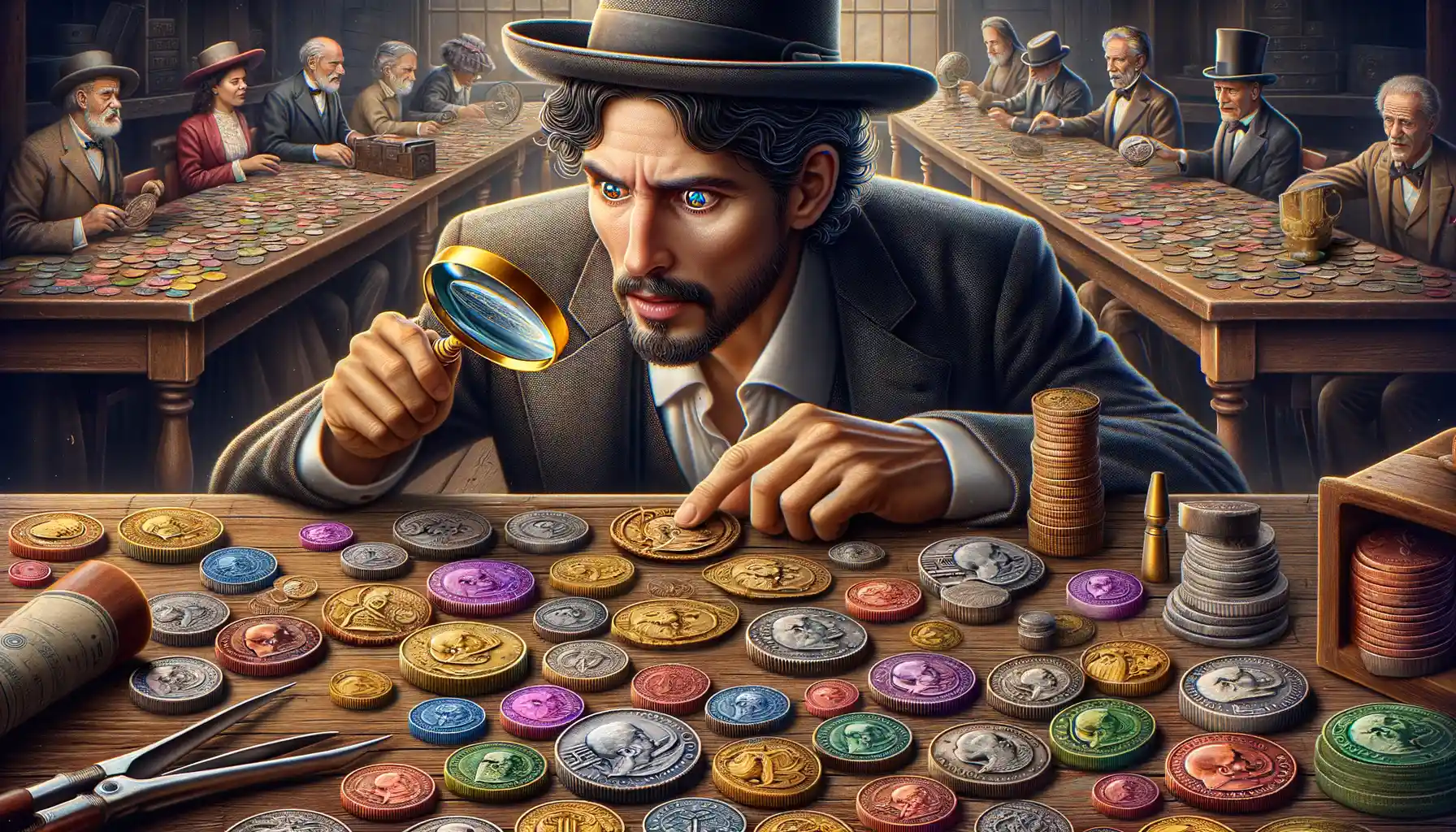
The Allure of Imperfection: Why Error Coins Dazzle Collectors
Imagine holding a coin that feels like it’s whispering a secret—one mistake in its design could instantly set it apart from millions of “perfect” siblings. That’s the magic of an error coin! But let’s be real: not every flawed coin will have you diving into retirement early. Understanding what gives these quirky treasures their worth is key to unlocking their mystery.
First, rarity reigns supreme. An error that occurred only once or for a short production run holds tremendous appeal. Think of it like spotting a shooting star among an endless sky of ordinary coins—it’s thrilling!
Then there’s the type of error. Are we talking a simple misprint, or an eye-popping mint blunder like a doubled die or off-center strike? Here are a few jaw-dropping examples of desirable errors:
- Off-Center Strikes: A coin with part of its design missing feels like modern art in your pocket.
- Planchet Errors: These coins were born on the wrong kind of metal—or missed a layer entirely.
Lastly, condition matters. Even error coins need their shine. A pristine mistake? That’s collector gold.
Most Famous and Valuable Error Coins in History
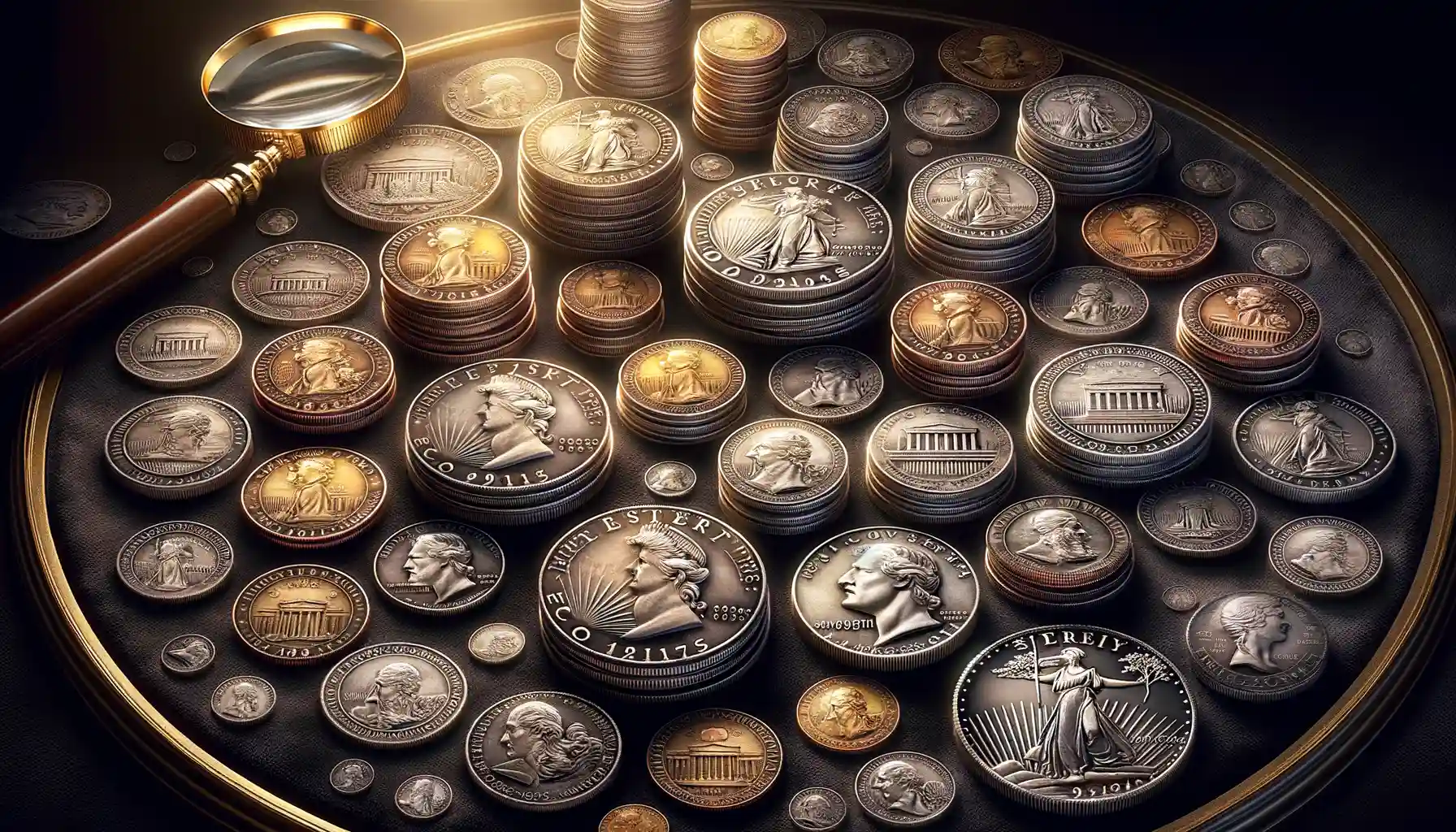
The Stories Behind Legendary Error Coins
If coins could talk, these legendary error coins would tell tales of mishaps that turned them into treasures. Some of history’s most coveted coins owe their fame to flaws that escaped the mint’s watchful eye—quirks that collectors now pay thousands, or even millions, to own.
Take the 1955 Doubled Die Lincoln Cent, for instance. At first glance, it looks like any other penny, but take a closer look—its doubled lettering and numbers resemble a shadowy echo. It wasn’t long before this penny sparked widespread curiosity, with some collectors calling it a “happy accident.” Today, its value can climb as high as $2,000 depending on its condition!
Or how about the 2000 Sacagawea Dollar / Washington Quarter Mule? This hybrid coin is the unlikely result of two mismatched dies creating an outrageous blend of two different coins. Only a few were ever found, making it one of the holy grails of modern numismatics.
- 1943 Copper Penny: Worth up to $1.7 million, this was a rare wartime mix-up when copper was mistakenly used instead of zinc-coated steel.
- 1937 Three-Legged Buffalo Nickel: A polishing error left one iconic buffalo… with just three legs!
Every scratch, misprint, or unusual glimmer on these coins tells a thrilling story—and holds a fortune beneath its flawed surface. Keep your eyes peeled; you might just hit the jackpot in your pocket change!
How to Identify and Authenticate Error Coins
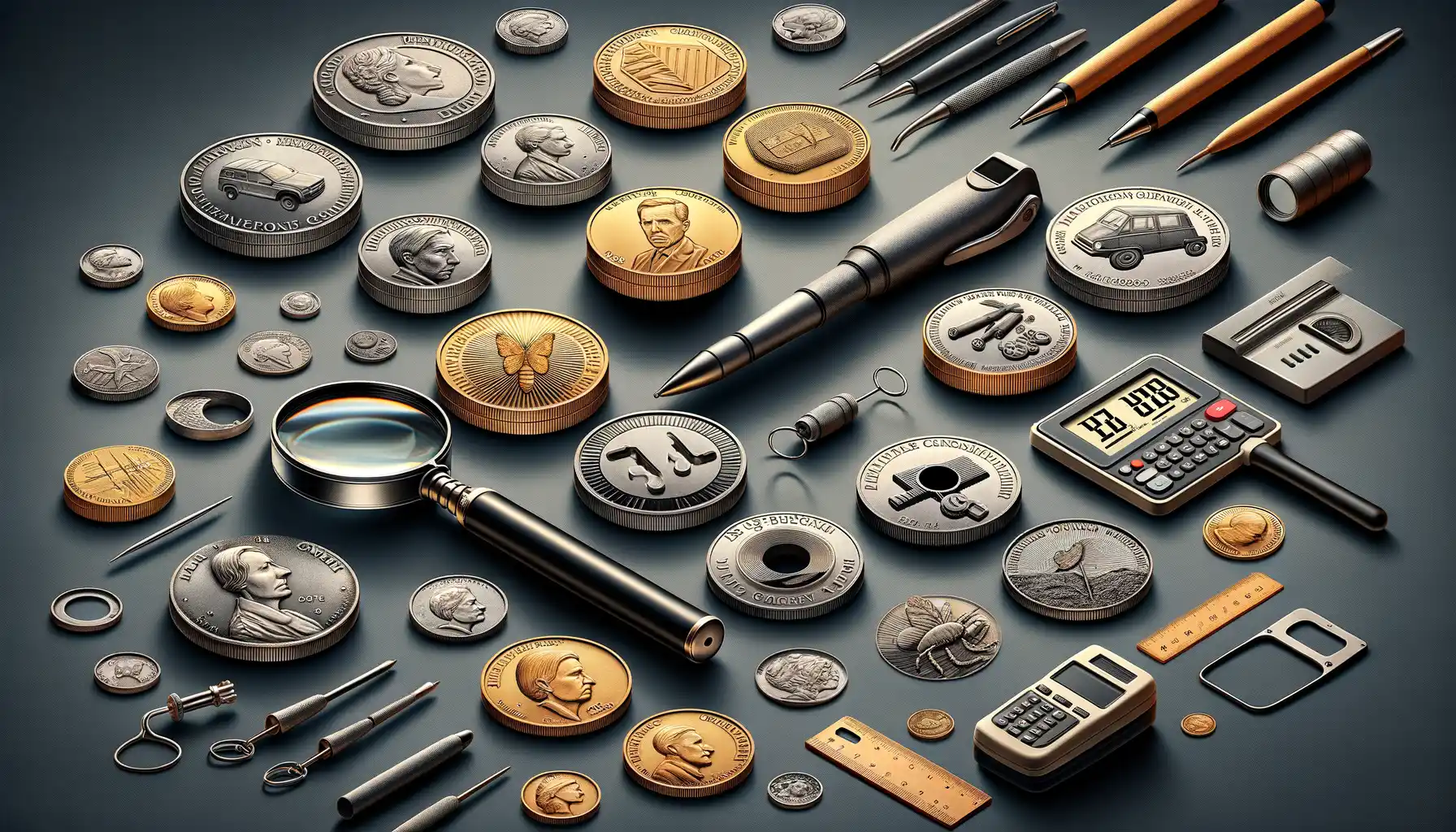
Spotting Error Coins: Let Your Eyes Do the Magic
Have you ever felt a coin tap against your palm and wondered if it’s hiding a delightful mistake? Spotting an error coin is like unraveling a treasure map, with every detail leading you closer to something extraordinary. Start by examining the coin’s surface under bright light or using a simple magnifying glass. Look for quirks that break the mold, like an off-center strike, doubled letters, or a missing design element. Think of these flaws as birthmarks—they make the coin truly one-of-a-kind.
Pay attention to the edges too! A smooth rim where reeding should be, or overlapping designs spilling onto the edge, can signal a major minting mishap. And don’t ignore your gut—finding an error coin often starts with that “Wait… this looks strange” moment.
- Look for die cracks (tiny raised lines from a broken die).
- Hunt for rotated dies by flipping the coin to see if the reverse is properly aligned.
- Check for mule coins, where two mismatched designs are struck together. Rare jackpot!
Authenticating Like a Pro
Now comes the detective work—authentication. If you’ve spotted what looks like an error, resist the temptation to shout victory just yet! Some errors can be cleverly faked, so verification is essential. The best bet? Send your find to a trusted grading service like PCGS or NGC. These experts ensure your precious discovery isn’t just a damaged coin.
But before the professionals, put on your own sleuthing hat and verify the material. For instance, does the weight feel off? A nickel struck on a penny planchet will weigh noticeably less. Familiarize yourself with authentic examples online or in catalogs, comparing every curve and detail. It’s the thrill of being part scientist, part treasure hunter—and when you finally confirm it? That electrifying moment is priceless.
Tips for Collecting and Investing in Error Coins
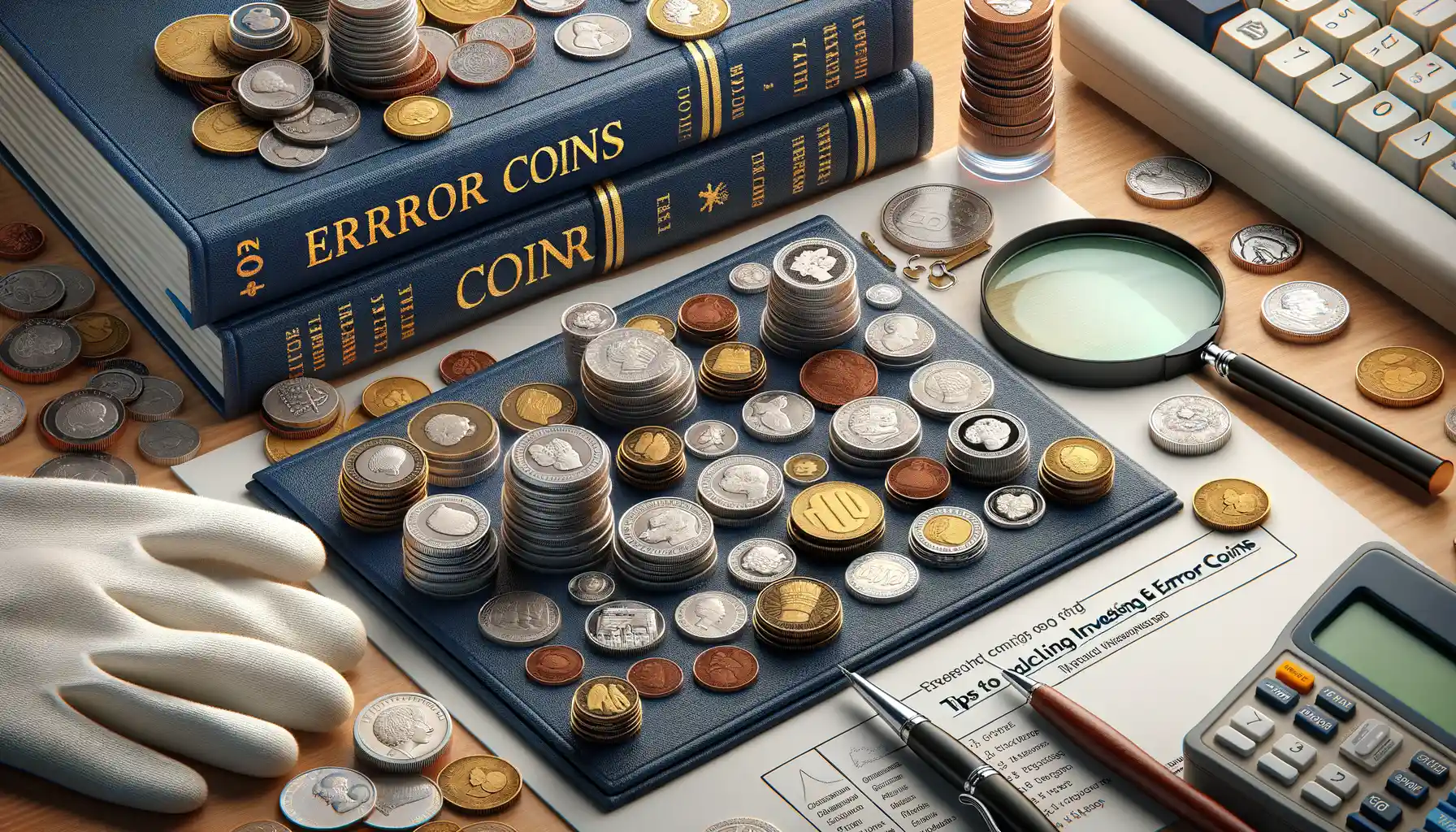
Unlocking the Thrill of Hunting Error Coins
Diving into the world of error coins is like stepping into an ancient treasure hunt! Each coin tells its own peculiar story, and when you find one, it feels like uncovering a hidden gem in plain sight. Whether it’s a quirky off-center penny or a dramatic double-die quarter, these unique pieces make your collection not just valuable but utterly unforgettable.
Here’s the golden rule: patience is your ally. Start small—maybe with rolls of coins from your local bank or that dusty jar on your kitchen counter. Feel the smooth texture of the metal, let your eyes search for oddities: extra letters, missing designs, or misaligned edges. It’s like being a detective, tracing errors that escaped unnoticed from the minting process.
- Keep a jeweler’s loupe handy. Magnification reveals tiny details.
- Research auction sites to understand which errors are gaining traction.
- Log each coin you find with precise details—condition, year, and type of error.
Strategizing for Long-Term Value
When investing, think beyond today. Rarity is key, so focus on coins with documented minting errors rather than vague abnormalities. Look at past sales of similar coins—did someone pay a fortune for a 1955 doubled die cent? Great! That gives you a blueprint.
Consider grading your coins professionally. A certified grade can skyrocket value and trust with future buyers. And remember: this isn’t just about money; it’s also about passion and storytelling. After all, who wouldn’t love to hear how you stumbled upon a rare gem in your spare change?



